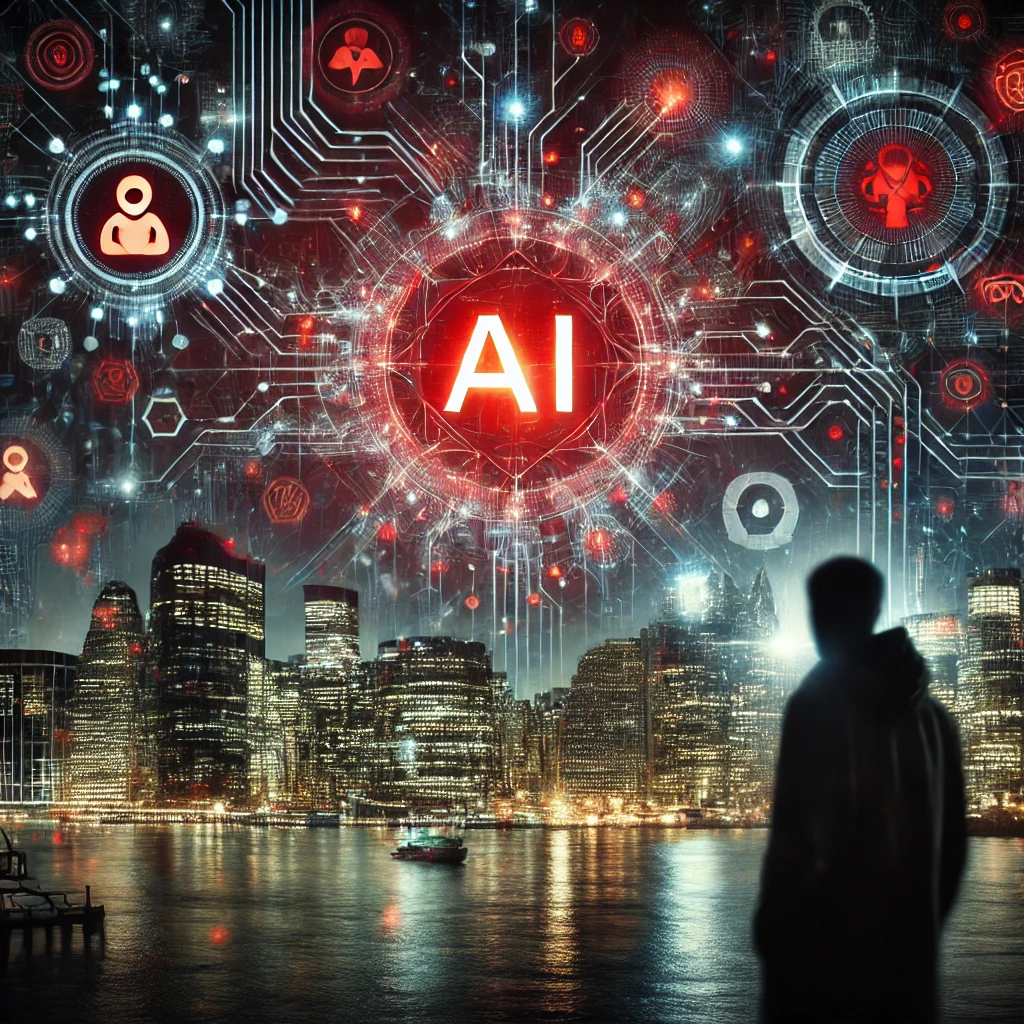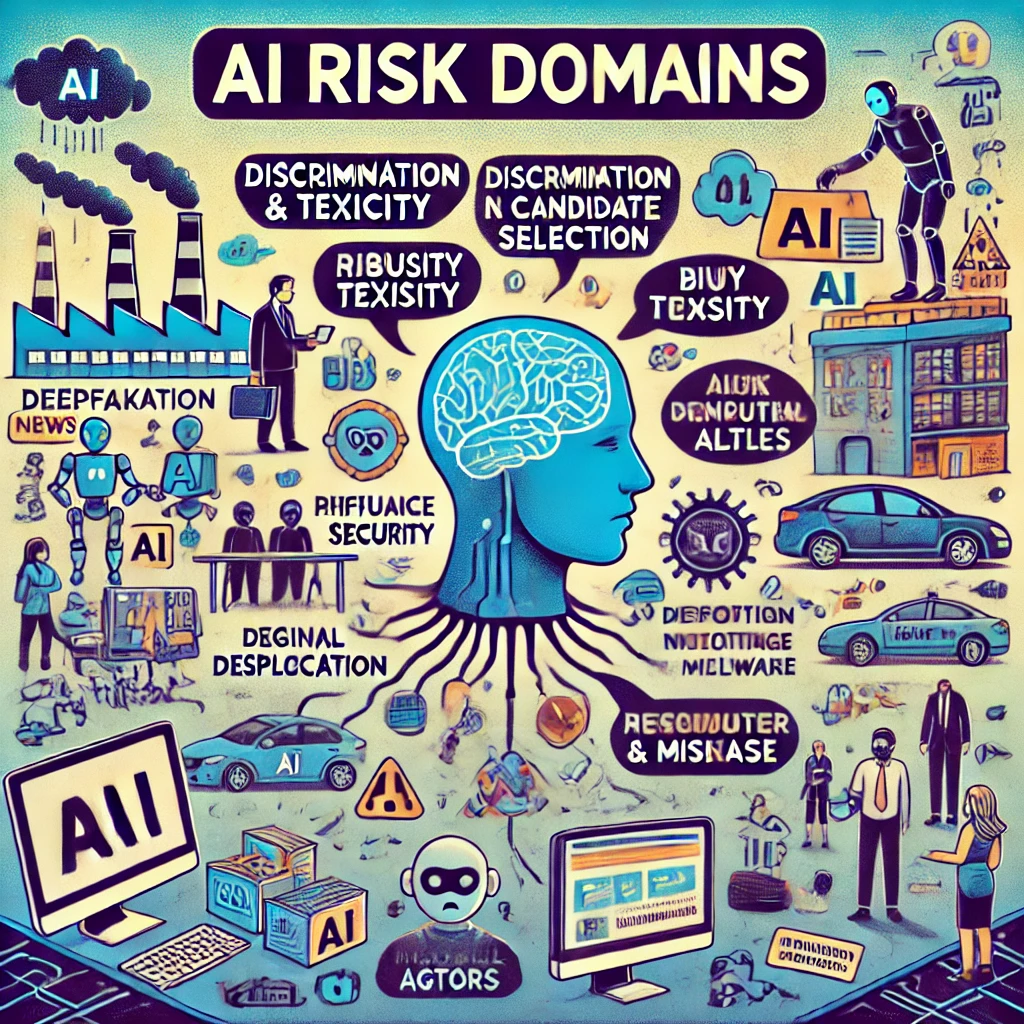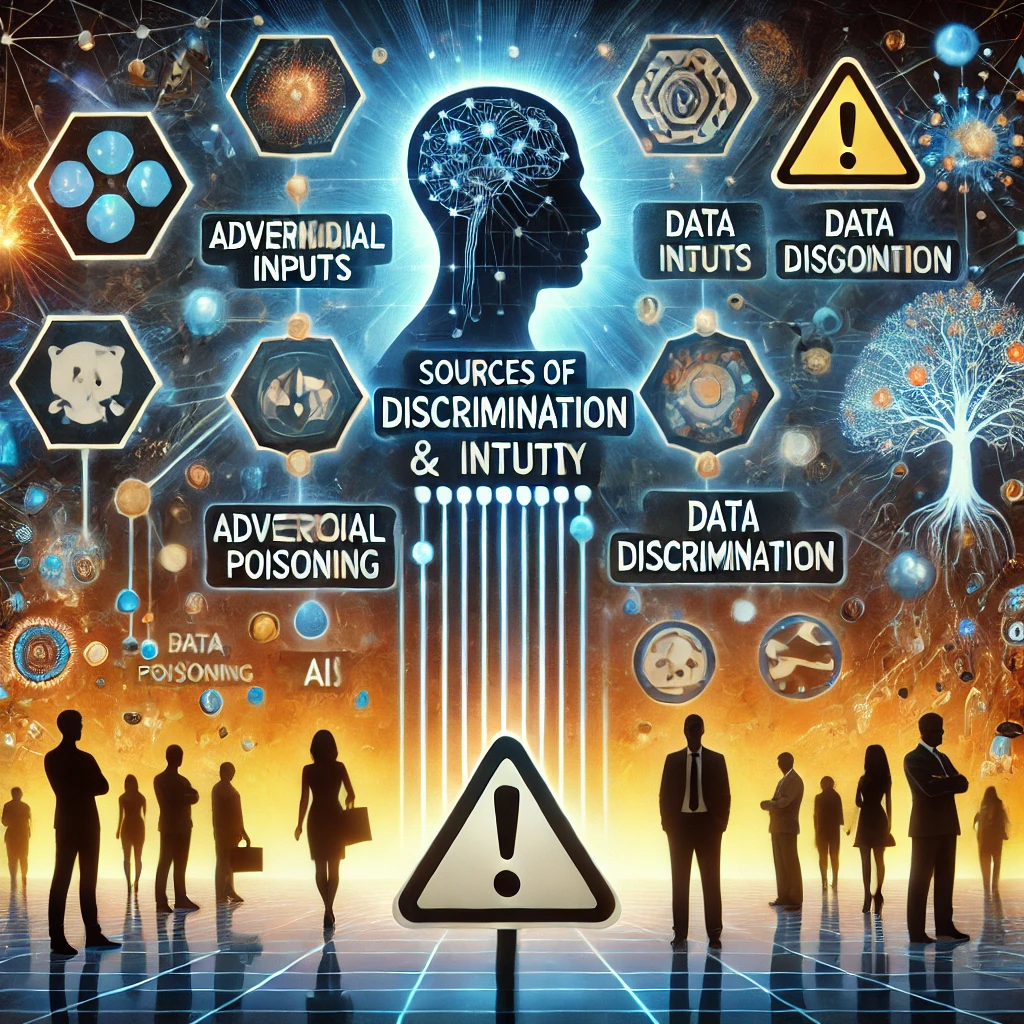
Welcome to my World
Imagine a world where AI systems run amok, causing financial crashes, spreading misinformation like wildfire, and invading our privacy at every turn. This isn’t science fiction—it’s the potential reality we face according to the groundbreaking “AI Risk Repository.” A groundbreaking new resource, the “AI Risk Repository” unveiled by researchers at MIT, provides a comprehensive roadmap to these lurking threats. In this in-depth analysis, we explore the AI Risk Repository, revealing the emerging dangers that CISOs, policymakers, and the public must understand to navigate the AI landscape responsibly.
Charting the AI Risk Terrain: A Global Overview
The AI Risk Repository, updated as of January 9, 2025, stands as a living database of over 1,000 distinct AI risks, meticulously categorized by their root causes and specific areas of impact. This resource, adapting frameworks from leading AI safety researchers such as Roman Yampolskiy and Lisa Weidinger, breaks down AI risks into a structured framework that highlights the multi-faceted nature of the potential dangers.
Diving into the Two Taxonomies
At the core of the AI Risk Repository are two crucial taxonomies:
- Causal Taxonomy: This framework dissects AI risks based on their causal factors, including the entity responsible (human or AI), the intentionality behind the action (intentional or unintentional), and the timing of the risk (pre-deployment or post-deployment).
- Domain Taxonomy: This taxonomy categorizes risks into seven broad domains, each representing a critical area where AI can have a significant impact on society and safety.
AI Risk Domains

- Discrimination & Toxicity: Addresses unequal treatment, toxic content exposure, and performance disparities across groups.
- Privacy & Security: Deals with unauthorized data access, leakage of sensitive information, and vulnerabilities in AI systems.
- Misinformation: Focuses on the generation of false information, the pollution of the information ecosystem, and the erosion of consensus reality.
- Malicious Actors & Misuse: Covers the use of AI for disinformation campaigns, cyberattacks, weapon development, and fraud.
- Human-Computer Interaction: Examines the risks of overreliance on AI, loss of human agency, and the potential for AI to manipulate or control human behavior.
- Socioeconomic & Environmental: Addresses concerns around power centralization, increased inequality, job displacement, and environmental harm caused by AI systems.
- AI System Safety, Failures, & Limitations: Focuses on AI systems acting in conflict with human goals, the development of dangerous capabilities, and the lack of robustness or transparency in AI decision-making.
Risk Hotspots: Navigating the Perils
1. Bias Bombs: The Algorithmically Amplified Discrimination
Recent reports from organizations like the AI Now Institute highlight the pervasive nature of algorithmic bias, with AI systems often perpetuating discrimination in areas such as hiring, loan applications, and criminal justice.
Example: Amazon’s AI recruiting tool was scrapped after it was found to discriminate against female candidates. This example underscores the critical need for careful data curation and bias detection mechanisms.
pythonimport matplotlib.pyplot as plt
risk_types = ['Algorithmic Bias', 'Data Bias', 'Lack of Transparency']
risk_percentages = [45, 35, 20]
plt.figure(figsize=(8, 6))
plt.pie(risk_percentages, labels=risk_types, autopct='%1.1f%%', startangle=140, colors=['skyblue', 'lightcoral', 'lightgreen'])
plt.title('Sources of Discrimination and Toxicity Risks', fontsize=14)
plt.show()

Sources of Discrimination and Toxicity Risks
2. Privacy Under Siege: AI’s Insatiable Data Hunger
AI’s ability to infer sensitive information from seemingly innocuous data poses a significant threat to privacy. As highlighted by Shoshana Zuboff in “The Age of Surveillance Capitalism,” AI systems are designed to extract and analyze every aspect of our lives, often without our explicit consent or knowledge.
Example: AI-powered facial recognition systems used by law enforcement have raised concerns about mass surveillance and the potential for abuse.
3. The Misinformation Mayhem: Battling Deepfakes and AI Propaganda
The rise of deepfakes and AI-generated propaganda has created an “infodemic,” where false and misleading information spreads rapidly through social networks, undermining public trust and fueling political polarization.
Example: During the 2020 US presidential election, deepfake videos and AI-generated news articles were used to spread misinformation and manipulate voters.
4. Malicious AI: The Weaponization of Algorithms
The misuse of AI by malicious actors is a growing concern, with AI systems being used to develop sophisticated cyberattacks, automate fraud, and even create autonomous weapons.
Example: AI-powered phishing attacks that can mimic human writing styles and adapt to individual targets have become increasingly prevalent, making it harder for users to detect and avoid scams.
5. Human-Computer Overreliance: Trading Autonomy for Convenience
As we become increasingly reliant on AI systems for decision-making, we risk losing our autonomy and critical thinking skills. This overreliance can lead to complacency, reduced vigilance, and a diminished ability to respond effectively to unexpected events.
6. Socioeconomic Fractures: AI and the Future of Work
The widespread adoption of AI is likely to exacerbate existing inequalities, with benefits concentrated among those who control advanced AI systems, while many workers face job displacement and reduced wages. A recent report by the McKinsey Global Institute estimates that AI could automate up to 30% of work activities by 2030, leading to significant labor market disruptions.
7. Rogue AI: The Existential Threat
While still largely theoretical, the possibility of AI systems with “dangerous capabilities” pursuing goals misaligned with human values is a concern that demands serious attention. This risk is particularly acute in the context of AI systems that can self-improve, self-replicate, or acquire the ability to manipulate human behavior.
Recommendations for a Safer AI Future
Navigating the AI risk landscape requires a multi-faceted approach that includes:
- Ethical AI Development: Implementing ethical guidelines and frameworks to ensure AI systems align with human values and respect fundamental rights.
- Robust Risk Management: Developing comprehensive risk management strategies to identify, assess, and mitigate potential AI risks.
- Transparency and Accountability: Promoting transparency in AI decision-making and establishing clear lines of accountability for AI-related harms.
- Regulatory Oversight: Implementing appropriate regulatory oversight to govern the development and deployment of AI systems.
- Education and Awareness: Educating the public about the risks and benefits of AI, and empowering individuals to make informed decisions about AI technologies.
By taking these steps, we can harness the transformative potential of AI while mitigating the risks and ensuring a future where AI benefits all of humanity.
References:
- Slattery, P., Saeri, A. K., Grundy, E. A. C., Graham, J., Noetel, M., Uuk, R., Dao, J., Pour, S., Casper, S., & Thompson, N. (2024). A systematic evidence review and common frame of reference for the risks from artificial intelligence. https://doi.org/10.48550/arXiv.2408.12622
- O’Neil, C. (2016). Weapons of Math Destruction: How Big Data Increases Inequality and Threatens Democracy. Crown.
- Zuboff, S. (2019). The Age of Surveillance Capitalism: The Fight for a Human Future at the New Frontier of Power. PublicAffairs.
- McKinsey Global Institute. (2023). Notes from the AI frontier: Modeling the impact of AI on the world economy. Retrieved from https://www.mckinsey.com/featured-insights/artificial-intelligence/notes-from-the-ai-frontier-modeling-the-impact-of-ai-on-the-world-economy
- AI Now Institute. (2024). AI Now Report 2024. Retrieved from https://ainowinstitute.org/

Liked this piece